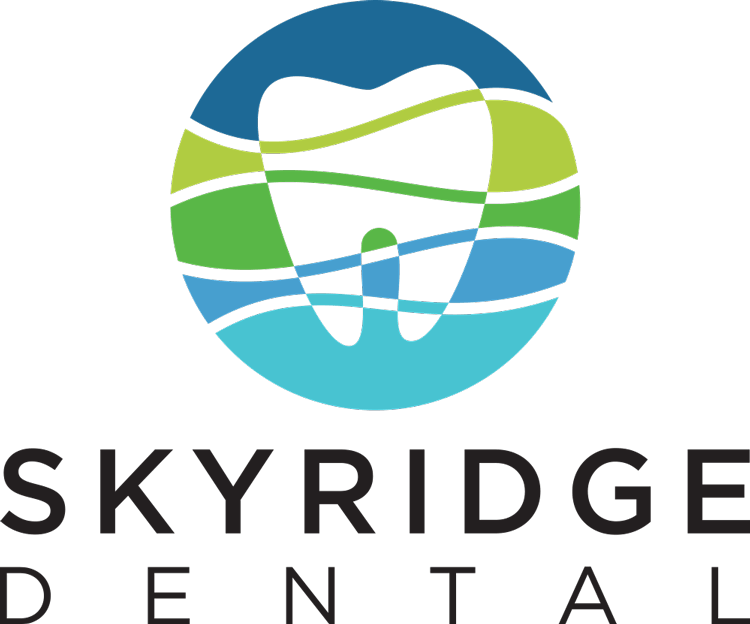Recent surveys show that nearly half of American adults have some form of gum disease. In its early stages, gum disease is highly treatable. As it advances, there are still procedures that can treat it, but it may lead to tooth loss, infection, and bone loss in the jaw.
The good news is that there are plenty of tools at your disposal to maintain healthy gums. Because you may not recognize the warning signs of gum disease, it’s useful to start with a dental check-up to assess the current state of your gums.
Whether you’re trying to prevent gum issues from starting or reverse gum issues from worsening, you’re in the right place.
Read on to find out how to establish a dental routine that will keep your gums healthy.
Identifying Risk Factors of Gum Disease
Anyone can develop gum disease if they aren’t taking good care of their oral hygiene. However, there are certain risk factors that increase your chances of developing gum disease. These include:
- smoking or chewing tobacco
- diabetes
- heredity
- hormonal changes, particularly in girls and women
- certain prescription medications
If any of these risk factors apply to you, don’t hesitate to communicate that to your dentist. If possible, set goals to make lifestyle changes (like quitting smoking) or work with your doctor to manage conditions like diabetes. These lifestyle changes will contribute to your overall health while increasing your gum protection.
Gum Disease Symptoms
How can you tell if you’re starting to develop gum disease or have an advanced form of gum disease? Early signs of gum disease include:
- long-lasting bad breath
- red or swollen gums
- soreness or blood when you apply pressure to the gums via brushing or flossing
More advanced gum disease can cause more severe symptoms. You may notice that the gums are receding away from the teeth, exposing the sensitive roots. This can lead to severe sensitivity to hot and cold temperatures, loose teeth, and tooth decay.
At-Home Dental Practices That Promote Healthy Gums
As we mentioned earlier, there are plenty of steps you can take to promote healthy gums. If you already have gum disease, you will need some dental intervention to treat it. However, implementing a vigorous at-home routine will go a long way toward promoting healthy gums no matter their current condition.
Toothbrushing Practices
You probably know that you’re supposed to brush your teeth twice a day, once in the morning and once before you go to bed. If you aren’t already doing so, it’s time to build twice-daily brushing into your routine.
What you may not know is that there is a “right” way to brush your teeth for the best results. Start with a soft-bristled toothbrush and toothpaste that contains fluoride. Spend at least 30 seconds brushing each of the four quadrants of your teeth (upper right, lower right, upper left, and lower left).
Make sure to brush the front, back, and the surface of your teeth. Apply light pressure to avoid aggravating the gums, which don’t benefit from “scrubbing” the way that teeth do. Replace your toothbrush every three to four months and don’t cover or store it in an airtight container, which can lead to microbial growth.
Flossing Habits
Over half of American adults don’t floss their teeth at all. Some only floss to remove irritants from between the teeth. Like brushing, you should floss at least once (and preferably twice) a day.
Flossing helps to remove bacteria and food particles from the teeth, reaching those crevices between the teeth that your toothbrush misses. This removal is important because it helps to prevent the buildup of plaque, one of the number one culprits that causes gum disease.
Guide the floss between two teeth, curving it around one tooth at a time and using a gentle up-and-down motion. This allows the floss to slip under the gumline without damaging it, removing bacteria and build-up more effectively.
Foods That Promote and Hinder Healthy Gums
What you eat can either help or hinder healthy gums and good oral hygiene. For example, calcium-rich foods like milk and yogurt help to fortify your jaw bone, creating a stronger base for the roots of your teeth.
Sticky foods with high sugar content, on the other hand, introduce hard-to-remove bacteria to the mouth. They can also damage the fillings and caps your dentist has applied to the teeth for cavity prevention.
Limit the amount of sweets you consume and try to rinse or brush after eating them. If you chew gum, stick to sugar-free options, which may help strengthen enamel.
The Importance of Regular Dental Care
We also recommend that you see your dentist once every six months. A thorough dental cleaning is necessary to remove the plaque buildup that brushing and flossing can’t get rid of. Plus, it allows your dental team to assess the overall state of your oral hygiene.
If your dentist recommends treatment to protect your teeth and gums, don’t hesitate to schedule that treatment. Talk to your dentist about what to expect from the procedure and how it will contribute to improved oral health.
Schedule Your Appointment With Skyridge Dental
Maintaining healthy gums is an important part of your dental health and can even contribute to better overall health. The first step is talking to your dentist about the current state of your oral health. The second is implementing a better at-home dental routine that will mitigate damage to your teeth and gums.
Are you looking for a dentist in Lakeway, TX? Skyridge Dental is here to help. Contact us to schedule your first appointment or discuss your current dental needs.

Recent Comments